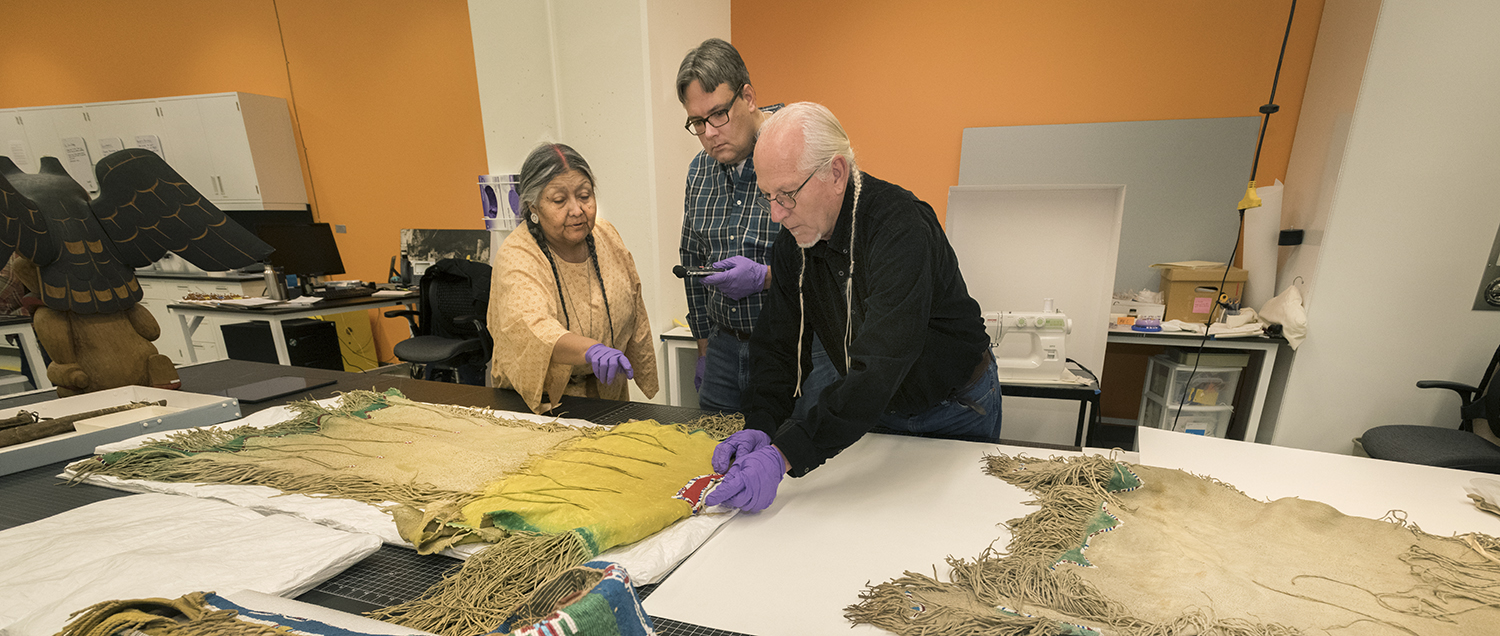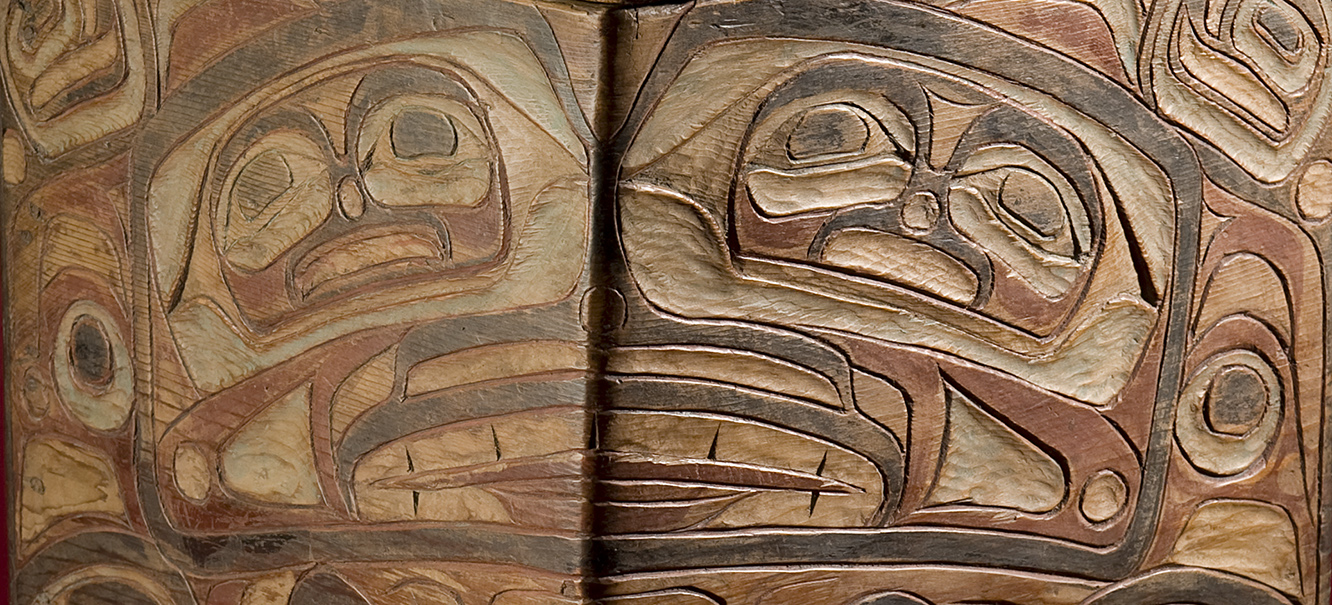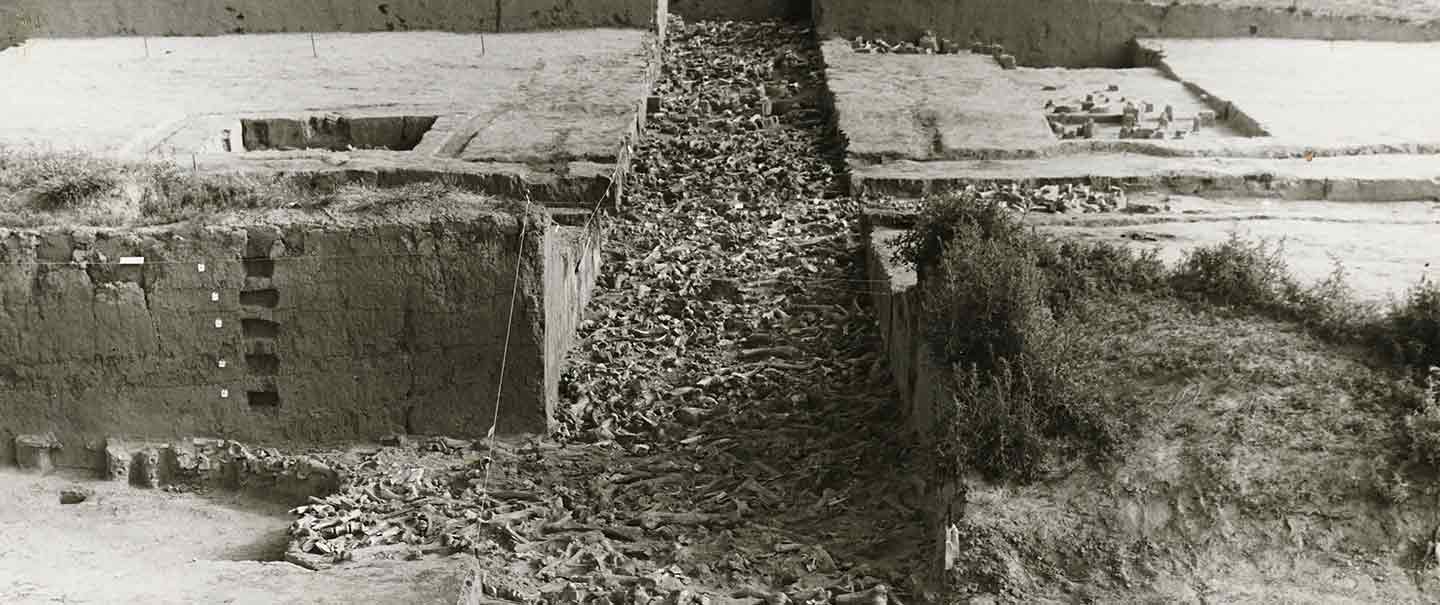The archaeology collection includes many significant artifacts, particularly from the American West, Latin America, and select objects from around the world. The department has long been known for our Paleoindian collection, which includes the original Folsom point. Other significant Paleoindian collections include those from the Jones-Miller Site, the Dent Site, Lindenmeier Site, and Frazier Site, all in northern Colorado. Another notable collection from Colorado is from the Magic Mountain site near Golden, outside of Denver. We recently acquired the W. S. Ranch Archaeological Field School collection from west-central New Mexico. That collection will be a focus of cataloging and research activities for the next several years. In addition to WS Ranch, the Southwestern US collection contains representative pottery types from across the region as well as rare organic materials. Collections from Latin America include textiles, ceramics, stone materials, and organic remains representing all major ancient cultural groups, including the Maya, Aztec, Olmec, Inca, Nasca, Tiwanaku, and Moche, among others. The world archaeology collection is composed of artifacts from ancient Egypt, Rome, Greece, Babylonia, and Sumeria.
World Archaeology
Two thousand artifacts from ancient Egypt, Rome, Greece, Babylonia, and Sumeria dominate the world archaeology collection. They provide the greater Rocky Mountain region with a unique resource facilitating the examination of diverse cultural paths along and the human evolutionary journey.
Latin American Archaeology
The Mesoamerican collection contains 2,000 objects representing all major ancient cultural groups, including the Maya, Aztec, and Olmec. Highlights include an Olmec greenstone figurine, a stone mask from Teotihuacan, and Huastec shell armband/anklets. The South and Central American collections include 900 objects representing the Inca, Nasca, and Moche, among others. Of particular importance are 133 whole ceramic vessels from Cochabamba, Bolivia, one of the largest such collections outside Bolivia.
Southwestern Archaeology
The Southwestern collection contains representative pottery types from across the American Southwest, including classic Mimbres black-on-white bowls from southwestern New Mexico, Salado polychrome from east-central Arizona, and Casas Grandes polychrome vessels from Paquimé, Chihuahua, Mexico. The collection includes rare organic materials, including exquisitely preserved yucca sandals from the Four Corners region and a split-twig figurine from southwestern Colorado, the earliest known example of this enigmatic artifact form. These collections continue to provide research and educational opportunities; Dr. Koons and Stephen E. Nash, PhD, rely on these collections as a vital resource for their ongoing work on Mogollon archaeology in the greater Reserve, New Mexico, region.


































